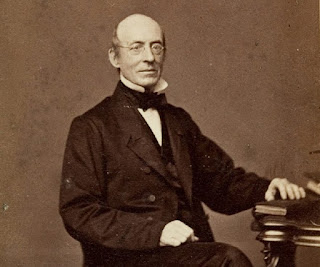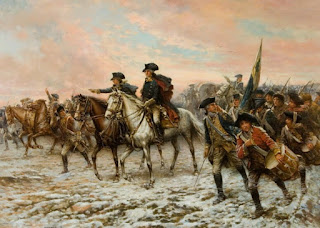JOURNO Heroes Part Two: Margaret Bourke-White (Week 12)
Margaret Bourke-White (born Margaret White) was an American photojournalist hailing from the heart of journalism in the United States; New York, New York. Margaret attended Columbia University (1922-1923), University of Michigan (1923-1925), Western Reserve University, and Cornell University.
She originally found photography as a hobby in her college years, and moved to NYC to pursue professional freelancing. She later gained popularity because of her original photos in the architectural and industrial fields.
She was later hired for Fortune Magazine, and even to photograph the Krupp Iron Works in Germany. This made her the first accredited woman photojournalist to work with the United States military, and the first American female photographer to work overseas.
Whites' photographs of Montana's Fort Peck Dam was used substantially as a front cover and a large feature in the magazine. She also documented the First Five Year Plan in the Soviet Union, and the Dust Bowl in the American Midwest.
The First Life Magazine Cover, shot by Margaret-White BourkeAfter documenting these, she began to involve more social issues into her works. After marrying Erskine Caldwell, they conspired on 3 illustrated novels. You Have Seen Their Faces, in 1937 was about the hardships Southern Sharecroppers endured. The 1939 novel North of the Danube explored life in Czechoslovakia before the Nazi regime, and Say, Is This the U.S.A covered the industrialization of the country, published in 1941.
Later, White returned work with the U.S. Armed Forces. She covered the second World War for Life Magazine, the siege of Moscow, and photographed Ghandi and the mass migration in India. She even survived her transport ship being torpedoed and capsized while crossing the Atlantic Ocean to North Africa, and documented the horrid lives of the Italian Infantrymen involved with the conflict. White also crossed the German Rhine River with a battalion of troops and photographed concentration camps, corpses, and gas chambers to alert the world.
Margaret Bourke-White is arguably one of the most prominent women journalists in history. She proved a woman could be significant in journalism, and exceeded expectations significantly. No other woman at the time had traveled overseas to work with the U.S. Armed Forces, and almost White's entire career was subjugated around being in distant and foreign lands.
Only recently was White commemorated for her works. Plenty of biographies and reports of her have been published in recent decades since her death, but was rarely recognized during her lifetime, despite her array of works.




Comments
Post a Comment